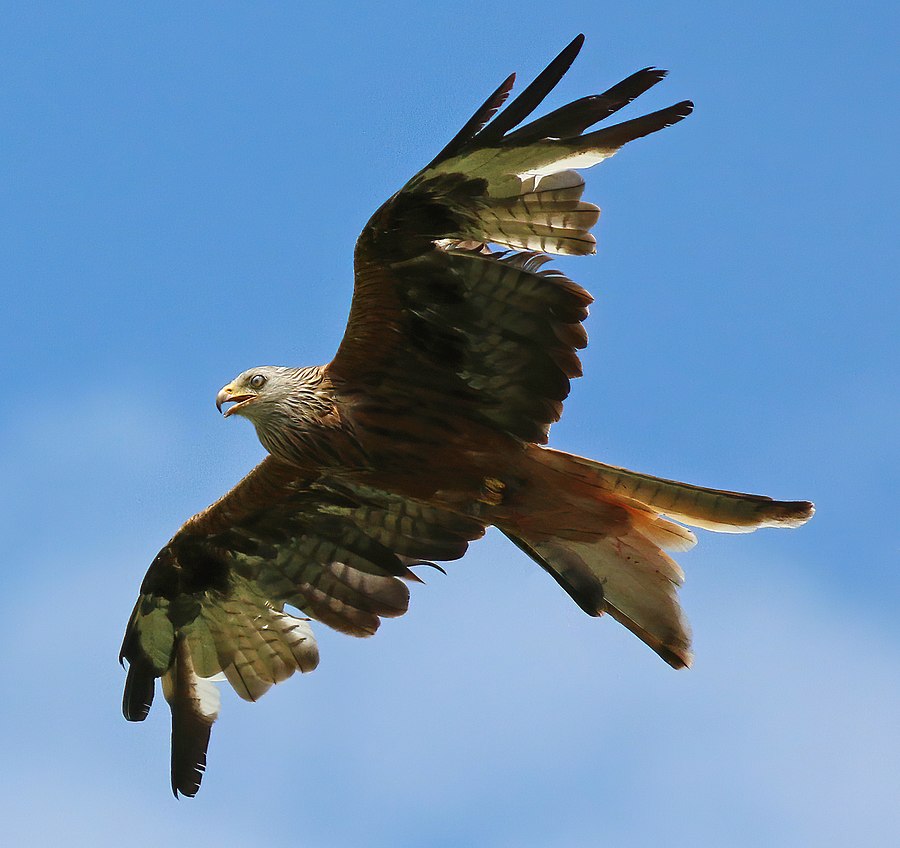Facts About Red kite
The red kite, a striking bird of prey belonging to the Accipitridae family, is commonly found in Europe and northwest Africa. First described by Carl Linnaeus in 1758, the red kite has two recognized subspecies, although one is likely extinct. It can also hybridize with black kites.
Notable for its graceful appearance, the red kite features a forked tail and reddish-brown plumage. Both adults and juveniles are equally captivating, despite slight differences in their appearance. In terms of diet, red kites are opportunistic feeders, consuming small mammals, carrion, and even earthworms.
Red kites begin breeding around the age of two and typically choose large hardwood trees for their nests. They usually lay one to three eggs, with the female primarily responsible for incubation. After the chicks hatch, both parents contribute to their care.
These birds face several threats, including poisoning, hunting, and changes in agricultural practices, leading to population declines in parts of Europe. However, reintroduction programs in the UK have been successful in bringing red kites back to areas where they had vanished.
Historically, red kites were common scavengers in the UK but faced significant persecution. Dedicated reintroduction efforts have led to a resurgence in their numbers, making them a familiar sight in many parts of Britain. In Ireland, where red kites had become extinct, reintroduction programs have also succeeded. Sweden has similarly seen an increase in red kite populations.
Birdwatching enthusiasts can observe red kites in various locations, including Scania in Sweden and several places in the UK, such as Gigrin Farm and Bwlch Nant yr Arian. Conservation efforts have been instrumental in helping red kite populations recover and thrive once again.

 Germany
Germany